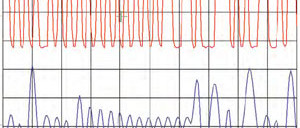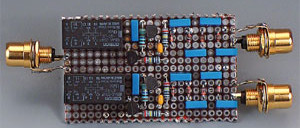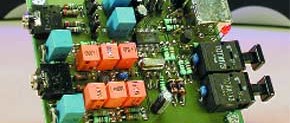| Explore S/PDIF signals with a Raspberry Pi Pico project. Ideal for audio enthusiasts, this receiver accommodates various sampling frequencie...
More about SPDIF (24)
| Most PCs, laptops, tablets and smartphones don't have a ‘real’ audio output. Instead, they are only provided with a multifunction USB connec...
| Even though today's computers, tablets and smartphones are capable of producing ultra high-quality digital audio, it's left to cheap digital...
| Add a micro-USB powered digital audio output (SPDIF) to your computer, laptop, tablet or phone. Optical and coaxial output. 24 bit/44.1/48/9...
| Here's how to use commercial wireless audio/video modules to transfer an S/PDIF signal. The S/PDIF signal is connected directly to the video...
| These days there is an increasing number of devices that have a digital audio output, for example digital cable tuners, satellite receivers,...
| Although S/PDIF is the standard when it comes to conveying digital audio signals in consumer electronics equipment, difficulties may be enco...
| The best-known ways to transmit a digital audio signal (S/PDIF) are to use a standard 75-? coaxial cable or Toslink optical modules with mat...
| This simple circuit proves to achieve surprisingly good results when used with the IR–S/PDIF transmitter described elsewhere in this issue....
| The USB Audio-DAC described exactly two years ago received unexpected acclaim as a small external sound card. Soon after the publication we...


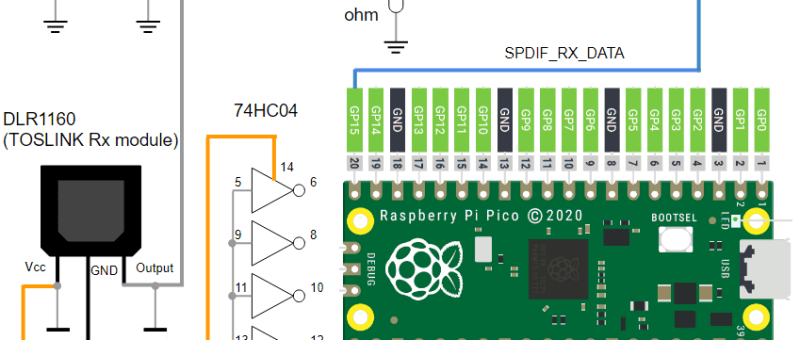
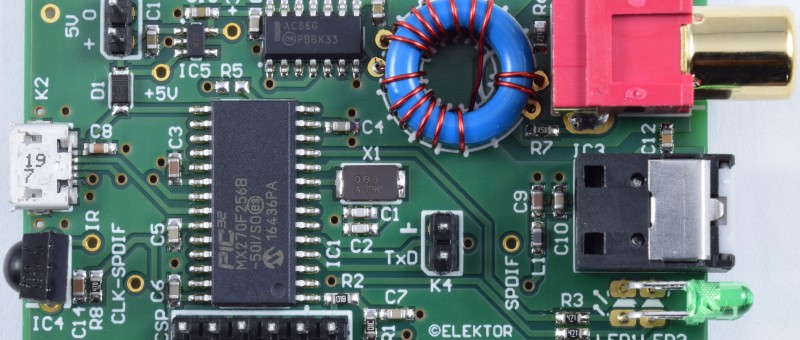
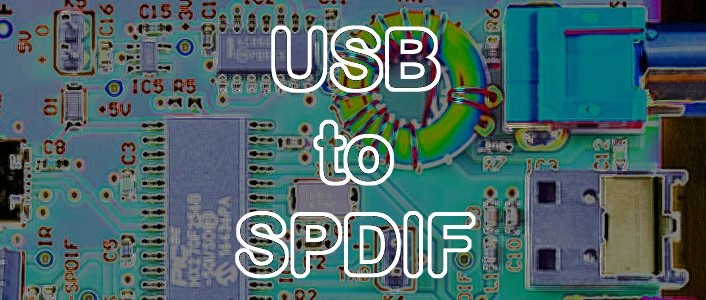
![USB-SPDIF Interface – [180027]](https://cdn.xingosoftware.com/elektor/images/fetch/dpr_1,w_800,h_340,c_fit/https%3A%2F%2Fwww.elektormagazine.com%2Fassets%2Fupload%2Fimg%2Fpublic%2Foriginal%2F180027-1v20-project-image.jpg)
